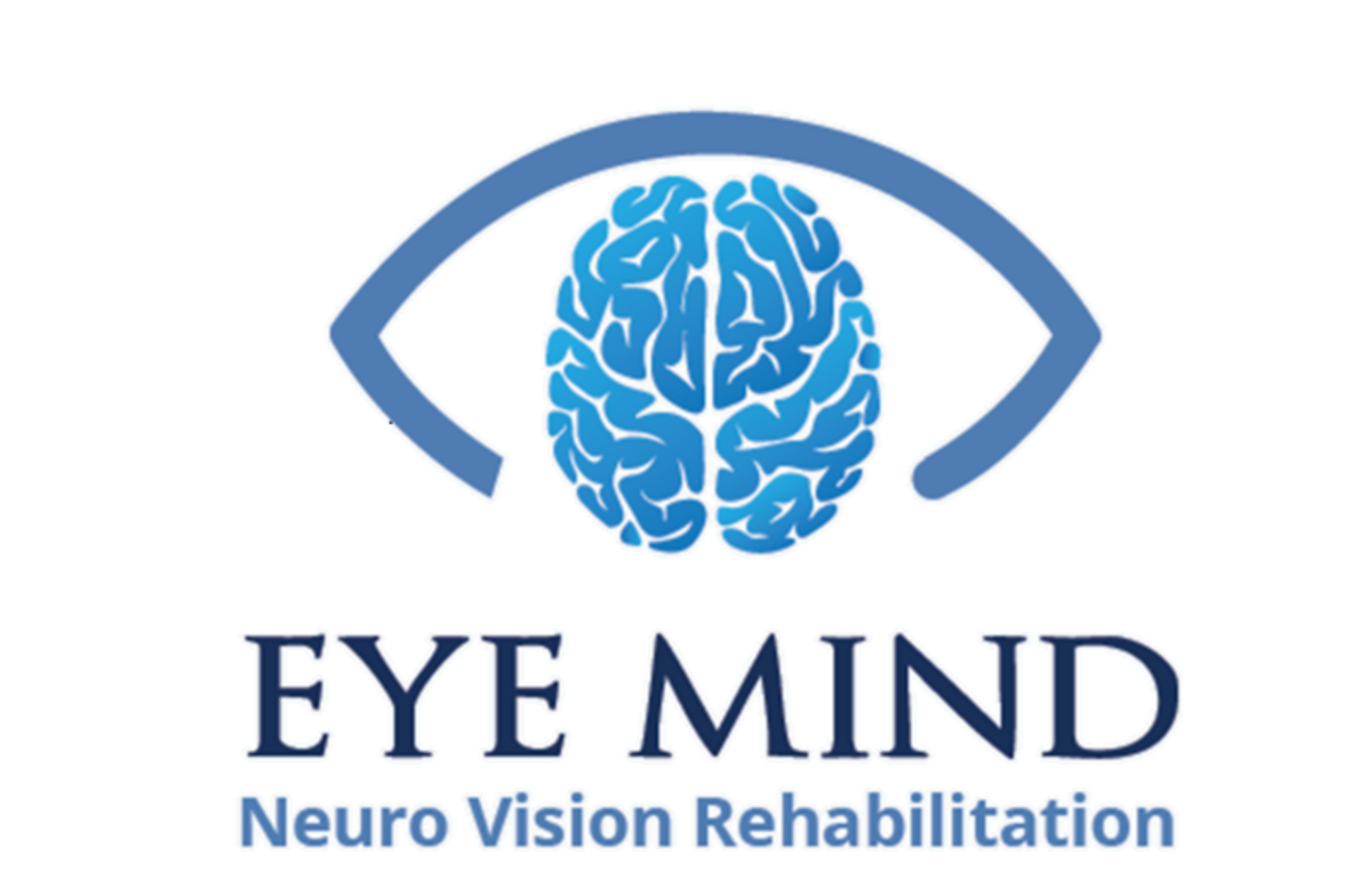Neuro-optometric rehabilitation is an individualized treatment regimen for patients with visual deficits as a direct result of physical disabilities, traumatic brain injuries, and other neurological insults. Neuro-optometric therapy is a process for the rehabilitation of visual / perceptual / motor disorders. It includes, but is not limited to, acquired strabismus, diplopia, binocular dysfunction, convergence and/or accommodation paresis/paralysis, oculomotor dysfunction, visual-spatial dysfunction, visual perceptual and cognitive deficits, and traumatic visual acuity loss.
Patients of all ages who have experienced neurological insults require neuro-optometric rehabilitation. Visual problems caused by traumatic brain injury, cerebrovascular accident, cerebral palsy, multiple sclerosis, etc., may interfere with performance causing the person to be identified as learning disabled or as having attention deficit disorder. These visual dysfunctions can manifest themselves as psychological sequelae such as anxiety and panic disorders as well as spatial dysfunctions affecting balance and posture.
A neuro-optometric rehabilitation treatment plan improves specific acquired vision dysfunction determined by standardized diagnostic criteria. Treatment regimens encompass medically necessary non-compensatory lenses and prisms with and without occlusion and other appropriate medical rehabilitation strategies.
TYPES OF TREATMENTS
Following the initial vision and neurological examination a treatment plan is developed with a goal of restoring essential visual function. Because every injury is unique, treatments will vary by individual.
Below are some types of treatments:
- Special Prescription Lenses (Glasses) – Lenses can help compensate for damage to the neural system along with enhancing visual clarity and comfort. Lens filters (tints) provide help with light and glare sensitivity.
- Prism Lenses – These are specialized glasses that change the way light enters the eye. Prisms are frequently prescribed as a component of the treatment for binocular vision problems and to eliminate double vision, as well as to provide comfort for near visual tasks such as reading. In addition, prisms are often used in treating balance issues, a common component in brain injury.
- Patching – Patching one eye or part of the visual field of one eye is sometimes used to help those with double vision. The patch is placed to eliminate the information that results in the double image from coming into the brain. The patch is frequently placed directly upon the lens surface.
In brain injury, often a single – approach to rehabilitation is not enough to address all of the needs. Instead, an interdisciplinary, integrated team approach can play a vital role in the rehabilitation of patients with various types of neurological deficits. In addition to optometrists, rehabilitation team members may include neurologists, physical medicine and rehab physicians, nurses, physical and occupational therapists, speech-language pathologists, neuropsychologists, and audiologists. And, neuro ophthalmologists and radiologists often play vital roles in the diagnosis of brain injury.
